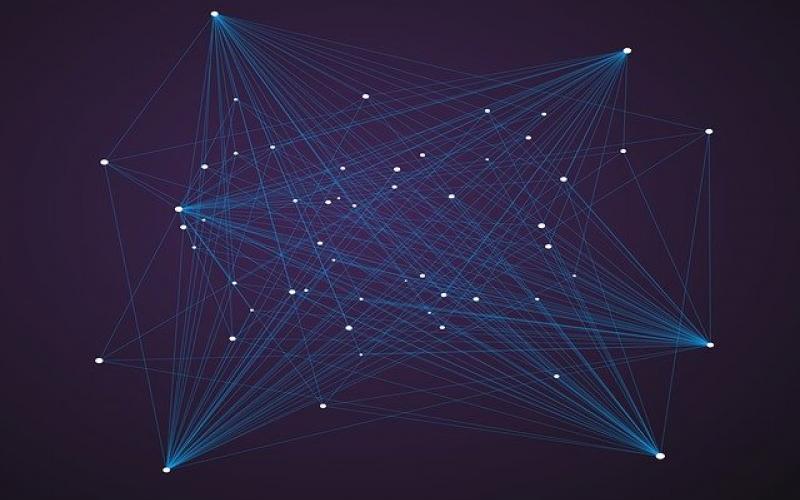How Connectivity Leads to a Smarter Planet
Here are some examples of how long range, low-power IoT technology is connecting and benefiting our smart planet.
January 15, 2020

As a society, we’re more connected than ever to one another, and with that, there becomes an increased demand for everything to be connected; enter IoT. Not only does IoT technology have the ability to make our daily lives more convenient, but there’s a number of industry use cases that show the positive impact technology can have to make jobs easier, more efficient and productive. But, all industries are not created equal and with challenging environments, the need for a flexible long range and low-power solution has emerged. From pollution control to smart building and home management, this type of technology is enabling the connection between remote point-of-use devices and low-power, wide-area networking (LPWAN) for delivery to analytics applications.
Businesses and individuals alike are continuously looking to service on a larger scale. In order to successfully do this in an efficient and flexible manner, the proper IoT technology is critical in maintaining a lasting impact on these operations – whether that be in rural America, or at a national park in Tanzania. When providing an optimal solution that can be applied to a variety of industries, turning to long range, low-power IoT technology is important. This technology enables the real-time communication of data and analytics over a long range while using little power, ultimately leading to enhanced productivity and efficiency across the industries it’s applied to.
Here are some examples of how long range, low-power IoT technology is connecting and benefiting our smart planet.
About the Author
You May Also Like
2024 InformationWeek US IT Salary Report
Aug 15, 20242022 State of ITOps and SecOps
Jun 21, 2022


